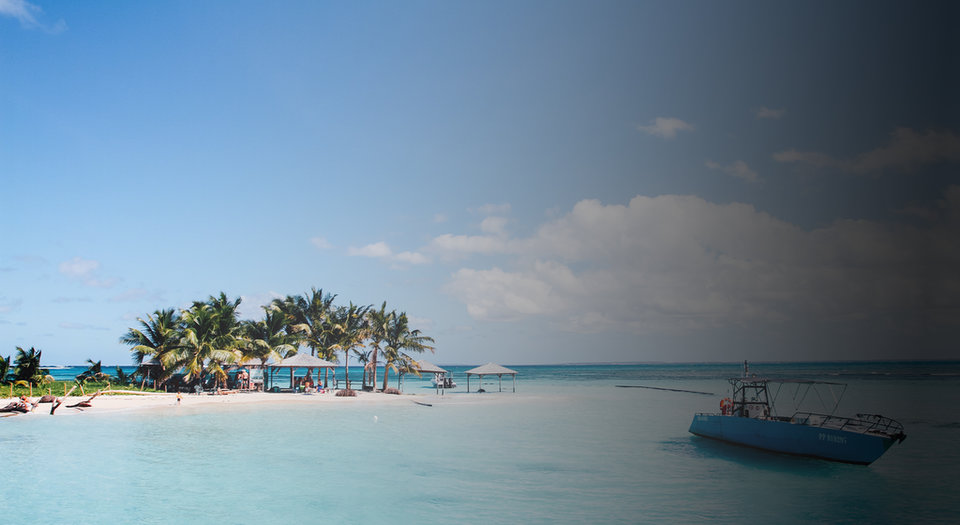
REGIONAL FOCUS
Mapping the Caribbean mining industry
With a range of regulatory frameworks and resource deposits across the region, the Caribbean is one of the most diverse, and potentially prosperous, mining areas in the world. Matthew Hall considers its mineral potential.
The Caribbean is host to a diverse array of mineral deposits and the region has the potential to become a globally significant mining area, with Caribbean nations like the Dominican Republic and Guyana actively courting foreign investment in their mining sectors. On the flip side, some parts of the Caribbean have struggled to harness their own natural resources, owing to a range of factors from domestic opposition to mining to historic political instability that discourages investment.
From Jamaica overhauling its mining legislation and regulations, to the potentially colossal value of minerals in poverty-stricken Haiti, the Caribbean’s status as a mining region could be on the rise. We dive into the most notable developments across the region.










